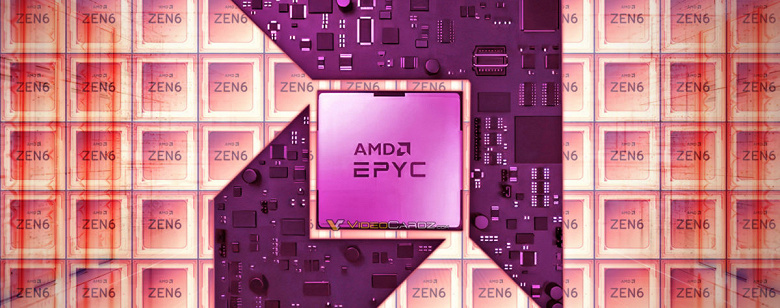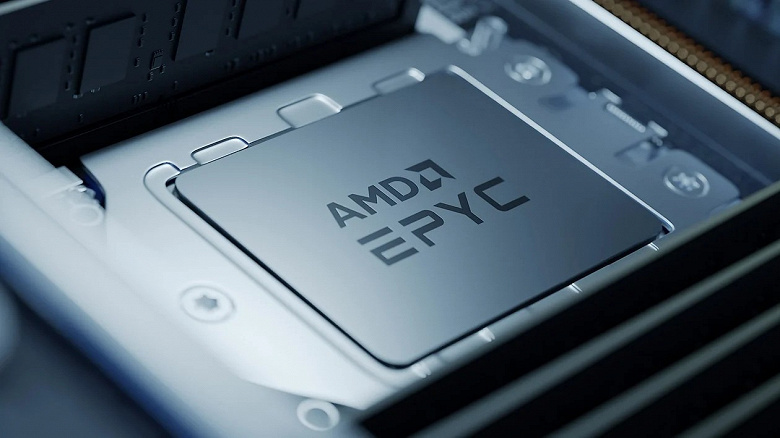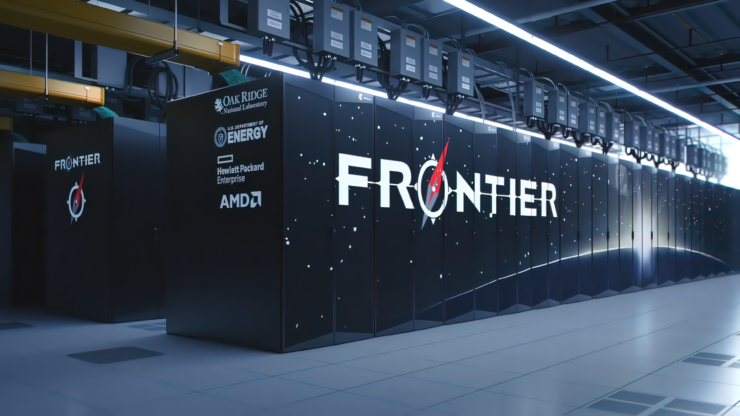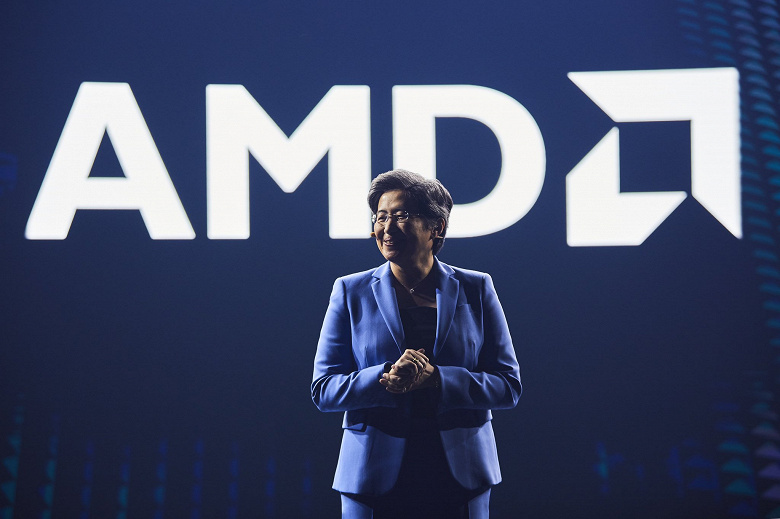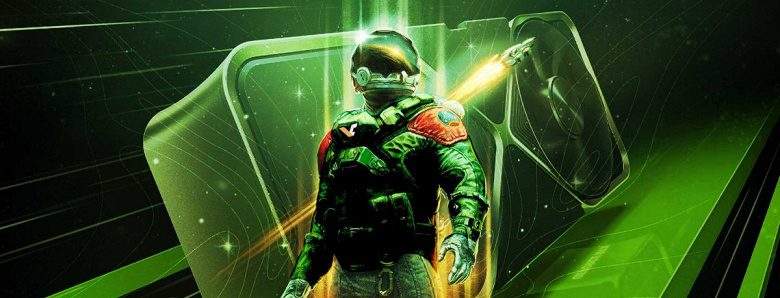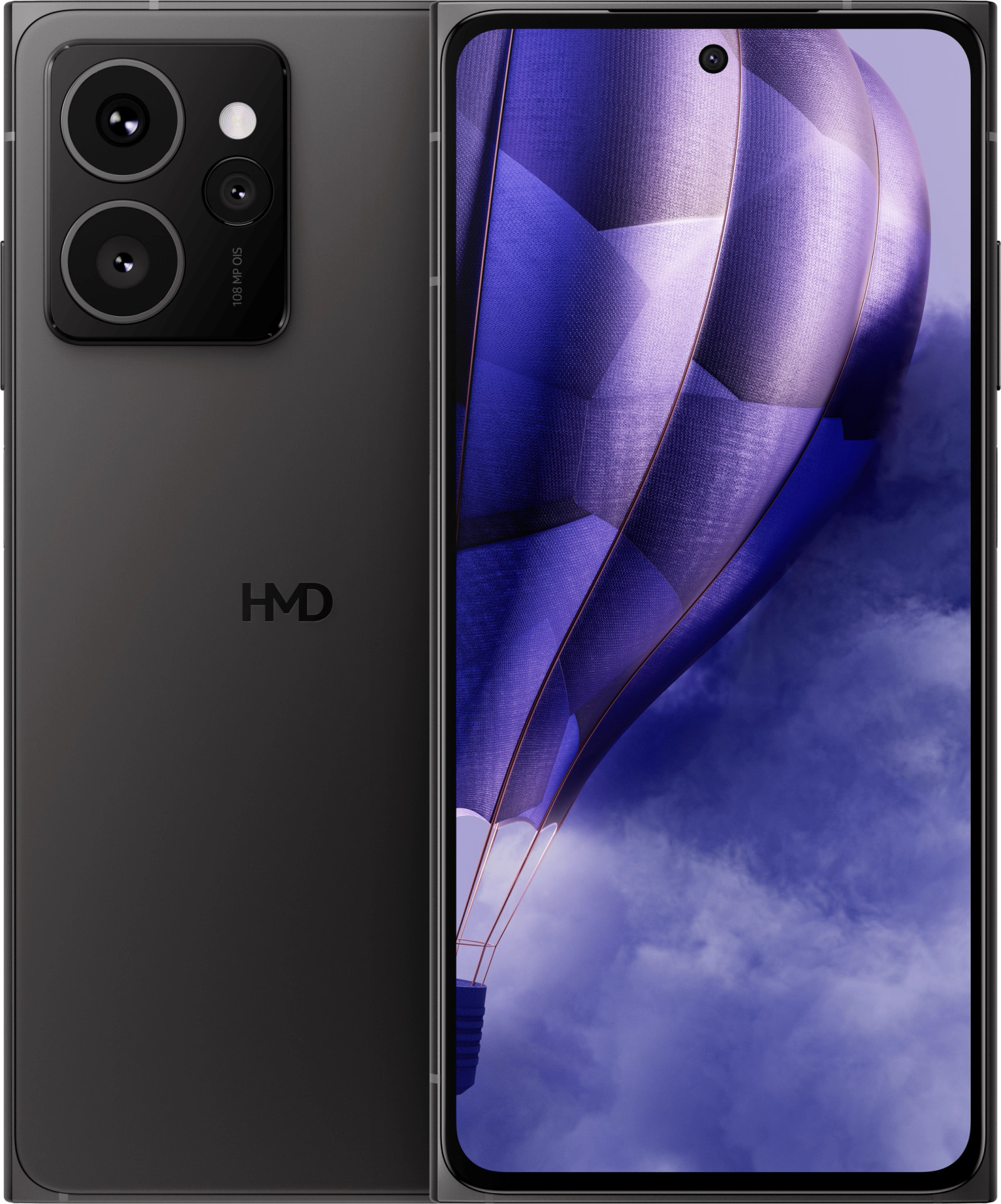On Wednesday, sales of the Radeon RX 6800 and RX 6800 XT will begin, and today AMD has allowed to show the cards in detail
The highly anticipated Radeon 6000 series graphics cards on a large Navi chip mean a lot to AMD’s graphics division. Firstly, thanks to them, the company intends to restore its long-lost positions in the sector of high-performance gaming accelerators, and secondly, the second generation RDNA architecture will bring a lot of new features that were not available in the first generation Navi chips, including full compatibility with the DirectX 12 Ultimate standard and hardware-accelerated ray tracing.
AMD announced three proposals at once based on the Navi 21 chip. The younger models under the brand name Radeon RX 6800 and Radeon RX 6800 XT should go on sale on November 18, at recommended prices of $ 579 and $ 649, respectively, and their closest competitors among NVIDIA devices are the GeForce RTX 3070 and the RTX 3080, priced at $ 499 and $ 699. The flagship model of the new family, the Radeon RX 6900 XT, which will retail for $ 999 and offer performance in the same category as the GeForce RTX 3090, is slated to launch on a later date on December 8th.
The premiere of the Radeon RX 6800 and Radeon RX 6800 XT relies on reference devices, followed by partner variants with original PCB and system coolers. Tests of new products in games and professional applications are already in full swing, and in two days – on Wednesday at 17:00 Moscow time – we will be able to discuss their results. And today the chipmaker allowed a public inspection of new products – alas, without opening it, this will also have to be left for later.

The Radeon RX 6800, on the one hand, and the RX 6800 XT and RX 6900 XT, on the other, serve similar cooling systems, which differ mainly in the size and, accordingly, the depth of the radiators. The younger model occupies strictly two expansion slots in the PC case, the older model occupies two and a half, and the rest of the dimensions are the same. The devices are 267 mm long, so they will fit into almost any modern case. At the same time, video cards weigh a lot due to a large radiator, which covers almost the entire area of the PCB, and a metal casing: the Radeon RX 6800 pulls at 1397 g, and the XT pulls at 1517.
The open-design cooler with three 80mm fans seems to be a much more efficient solution compared to the Radeon RX 5700 and RX 5700 XT turbines. The blades of each fan are gripped by a ring that increases the air pressure in the axial direction. At low heat generation, they stop, and the device is passively cooled. And under high load, as AMD assures, the new cooler operates 6 dBA quieter than the reference CO of the previous generation.
The cooler casing is designed in such a way that the heated air leaves the fan perpendicular to the long sides of the radiator. The mounting plate is blind here, but that’s okay: the rib block is still oriented perpendicular to it. Confused only by the large protrusion with the Radeon logo, which partially blocks the air outflow in the center – to a greater extent, this refers to the base model Radeon RX 6800, which is shallower.
Also, note that AMD has changed one of the DisplayPort outputs to USB Type-C for simultaneous signal transmission and power supply of virtual reality headsets within the framework of the VirtualLink standard. VirtualLink technology itself has not become widespread, despite support from NVIDIA and VR device manufacturers. But in any case, the miniature connector can still be used as a regular USB 3.1 Gen 2 connector, including for connecting monitors in DisplayPort forwarding mode.
All in all, from a quick inspection, we can confidently say that AMD has made great strides in the design of reference graphics cards and the design of the cooling system since the days of the noisy and hot Radeon RX 5700 and 5700 XT. The main thing is to ensure adequate ventilation of the computer case: the new products develop a serious power of 250-300 W, and all the heat remains inside the PC. Be sure to head back to 3DNews at 5 PM ET on November 18 for a full review of the Radeon RX 6800 and Radeon RX 6800 XT.
